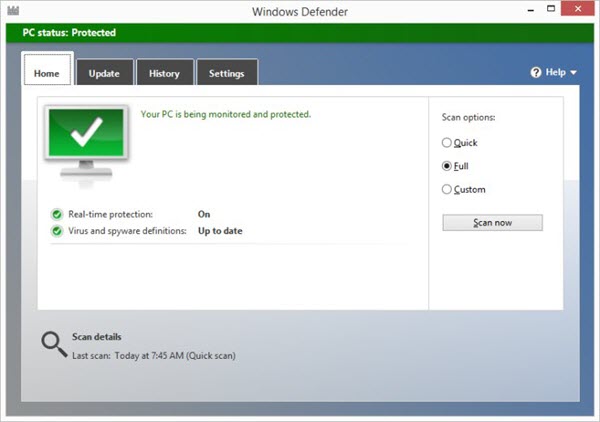


Confirm it, Ransomware Shield adds the app to your Exceptions list itself and there's nothing else to do.Ĭontrolled Folders could be better, then, but it did its core job, keeping us safe from a threat that the antivirus engine missed.

Controlled Folders simply blocks everything it doesn't recognize, and previously we've found some legitimate programs refused to run until we manually added them to an Exceptions list.Īvast's Ransomware Shield is smarter, more like a firewall when it detects an unauthorized access to a folder, it alerts you, but also asks if the process is legitimate. This time, Defender displayed an alert when our ransomware tried to access the folder, and it wasn't able to encrypt any documents. The answer is ‘yes,’ but it has some shortcomings. But many people keep wondering (and rightly so) if Windows Defender is good enough. As it provides right out-of-the-box antivirus defenses after installation, it is a convenient tool. We turned Controlled Folders on, added our test folder to the list, and ran the ransomware simulator again. Windows Defender is an antivirus program that comes built-in with Microsoft Windows 10. Fortunately, Defender has a second layer of protection in its Controlled Folders feature (Security Center > Virus & Threat Protection > Manage Ransomware Protection.) Turn this on and it automatically blocks unauthorized apps from accessing key document folders (Documents, Pictures, Videos, Music, more) and you can easily add more.


 0 kommentar(er)
0 kommentar(er)
